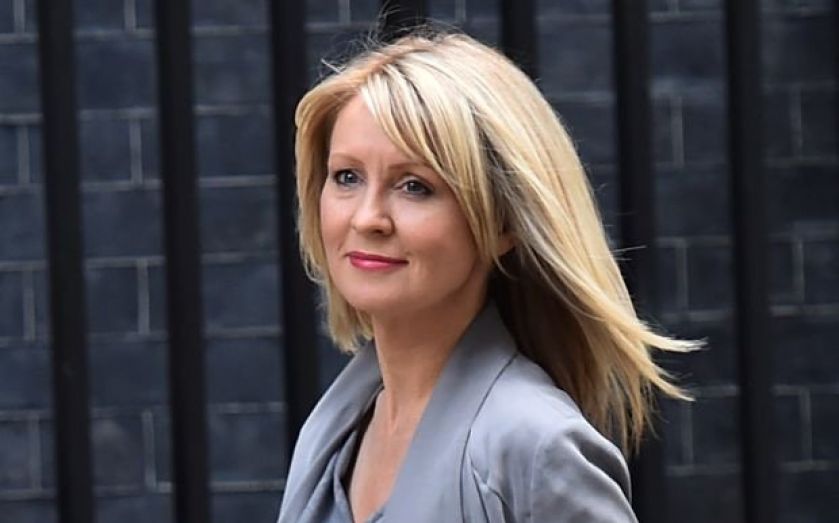Why Cameron thinks his tokenistic cabinet reshuffle will deliver him the election

David Cameron’s last reshuffle before the general election is over and Westminster is still reeling from the shock of it all. Political heavyweight Michael Gove is out, demoted from education secretary to chief whip where he can be kept close to Cameron but away from the teachers he’s whipped into a frenzy with his controversial education reforms. Dependable Nicky Morgan has been brought in to Gove’s former department to calm the class down, while Philip Hammond takes up where William Hague left off as foreign secretary.
Manoeuvring aside, this reshuffle spells out clearly what Cameron’s strategy for the general election is going to be. His political heavyweights have been shuffled into roles in the Commons, but kept close to hand so they can’t cause problems. The Prime Minister now has four full-time election attack dogs to deploy to TV studios around the country to spread his message like loyal parish priests. In addition to Tory Party chairman Grant Shapps, Esther McVey, Gove and Hague will now also be dusting down their best TV smiles.
Look further still and you notice that the changes are motivated by politics, not policy, and are largely cosmetic. Education expert Liz Truss has been promoted diagonally to environment secretary. Well-liked planning minister Nick Boles leaves the role in which he’d carved himself a niche to take up the baton for equal marriage in the education department. Boles is openly gay.
While the winners and losers all marched cheerily out of Number 10 with frozen grins yesterday, barring right wing standard bearer (and former defence secretary) Liam Fox, it’s difficult to argue against the cries of tokenism being levelled at the Prime Minister. Why, for example, did notoriously useless ministers Helen Grant and Theresa Villiers both keep their jobs, while popular and effective MPs like Greg Barker lost theirs? And for all the talk of boosting the number of women in the Cabinet, why has Cameron bumped up that number by just two, effectively demoting the new leader of the House of Lords Baroness Stowell, who will not be a full member of the Cabinet.
Cameron undoubtedly wants more women at the top. He promised at least a third of the Cabinet would be female by the end of this Parliament and he knows he’s set to fail. But this reshuffle is unmistakeably about campaigning to win in 2015. The Tories know Ed Miliband can’t fight an election on the look and feel factor, because he hasn’t got it. His weak spot is that he’s seen as weird, the man who prefers a rubik's cube to a glass of red. So Cameron is planning to take the fight to an already jittery Labour party on ground he knows he’s safe on.
Because while we mock the oft-repeated phrase “long-term economic plan”, it’s rooted in people’s minds. The same goes for the warning about handing the car keys back to Labour, who crashed the car in the first place. Political messaging takes time, and that’s one thing Labour hasn’t got. The Conservatives are confident they’ve done enough on policy to convince the population that they’re credible in government, now it’s all about the big sell, and that’s what this reshuffle is really all about.